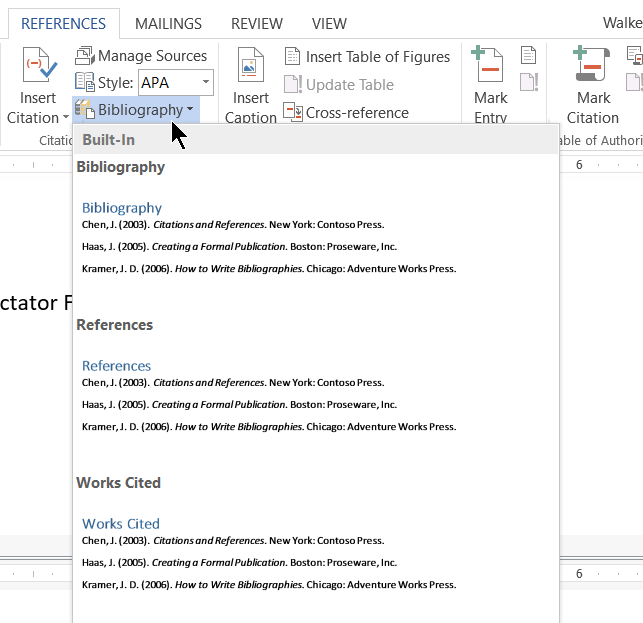

Dante’s Divine Comedy, for instance is usually cited by canto and line number: In that case you may want to substitute a chapter title, a paragraph number, or some other description of where the claim or quote may be located.īy contrast, for many classic literary works you will have to familiarize yourself with how a work is customarily cited. Sometimes it happens that a source does not use page numbers. The number that precedes them is the page reference. In the last two examples, the abbreviations n and nn stand for note and notes. You can cross reference notes, though you’ll have to double check that your numbering remains accurate: Important studies of the history of the kettle include Ernst Schwartz, The Black Kettle (Hamburg: Dietrich Verlag, 2016) Ulrich Smelch, From Cauldron to Kettle (Coventry: Witch’s Press, 2001) and Iris Plasterer, “The Plastic Kettle and the Problem of Limescale.” Kittles and Kettles 17, no. When citing multiple sources in a row, you can often separate them with a semi-colon:Ħ. Castafiore, Milanese Nightingale, 377 (emphasis added). If you want to emphasize part of a quote, add italics, or make any other changes you desire, you can add a quick note at the end of your citation:ĥ. You can also use the abbreviation cf. (from Latin confer, compare), but only if you actually intend the reader to compare two perspectives on an issue. See Kevin Isner, “Going the Distance: The Problem of the Fifth Set,” Wimbledon Advantage 55, no. Some tennis experts feel that the fifth set tie breaker should be simplified due to the number of power hitters who dominate the service game. See and cf.Ī common way to introduce references is to write see:ġ.

You have some freedom in terms of whether you wish to repeat the author’s entire name. As Michelle Gobbledygook writes, “ancient Roman aqueducts may have been used for elaborate canoe races.” Gobbledygook, The Kayaking Ostrogoth Tribe that Vandalized the Roman Aqueducts (Vancouver: Arch Publications, 1984), 44. When adding a quotation in a footnote, add the citation as a separate sentence:ġ. When citing the same source in quick succession, you can even leave out the title of the source: For the author, omit first names and remove references to contributor roles (e.g., ed. When shortening a title, remove the articles ( a, an, the) and use just a few key words. Amy Sung, The Siamese Art of Double Dating (Hong Kong: Inky Press, 1999), 87. In such cases you can provide just the author’s last name, the title (shortened if longer than four words), and a page reference:ġ. Sources that are cited multiple times can be shortened after the first citation. The basic format of a citation thus includes an author, title, and publication information. “Conservative Politics and the Slippery Slope Argument.” Old Fashioned Quarterly 99, no.
FOOTNOTE VS ENDNOTE WORD FULL
1 (Winter 2017): 78.īy contrast, in your final bibliography you would use periods, invert the name, and either leave out the page or (for some citations) give the full page range: Jennifer Trip, “Conservative Politics and the Slippery Slope Argument,” Old Fashioned Quarterly 99, no. When you cite a source in a footnote, the key elements (author, title, etc.) are separated by commas:ġ. Do note that in unpublished manuscripts you are allowed to use superscript in the notes (see section 14.24), so if you’re writing an essay for your teacher you don’t have to worry about the last style rule.


In MS Word, go to References > Insert Footnote.Īndrew Appleby notes that “shaving one’s arm pit hair is a surprisingly recent custom.”¹Īda Lovelace is often credited with envisioning the computer ¹ less attention has been paid to her tumultuous personal life. Footnotes Inserting Footnotesįootnotes are normally inserted at the end of a sentence or clause. Our primary focus will be on the rules for footnotes, but we will provide some guidance for endnotes as well.
FOOTNOTE VS ENDNOTE WORD MANUAL
The Chicago Manual of Style (17 th ed.) recommends using footnotes or endnotes to cite your sources.


 0 kommentar(er)
0 kommentar(er)
